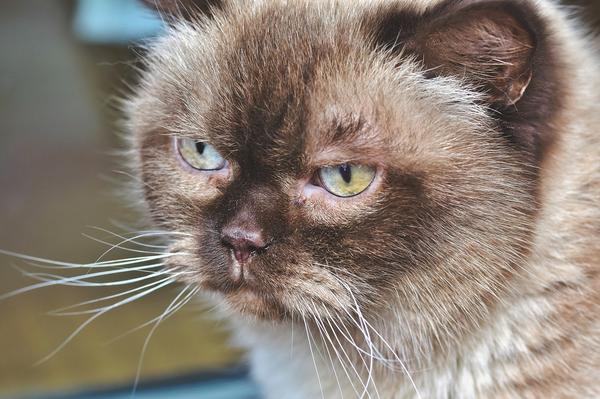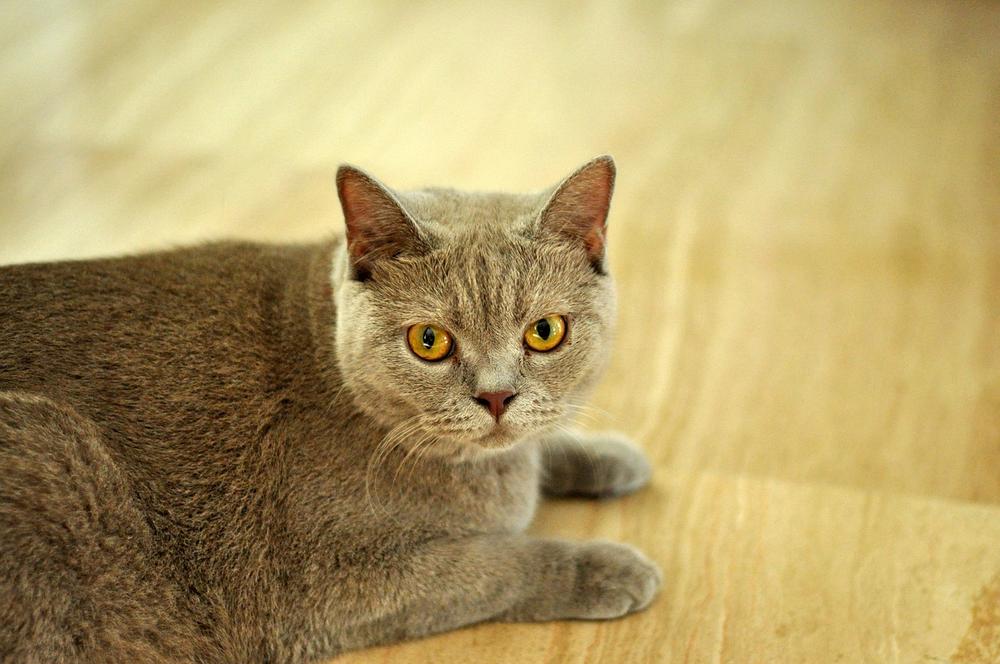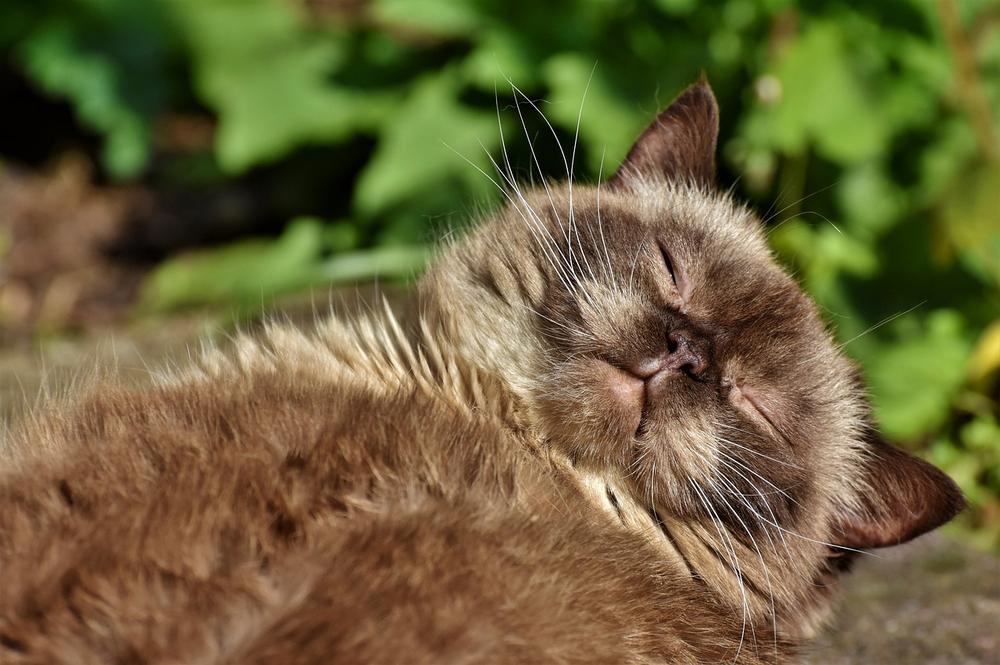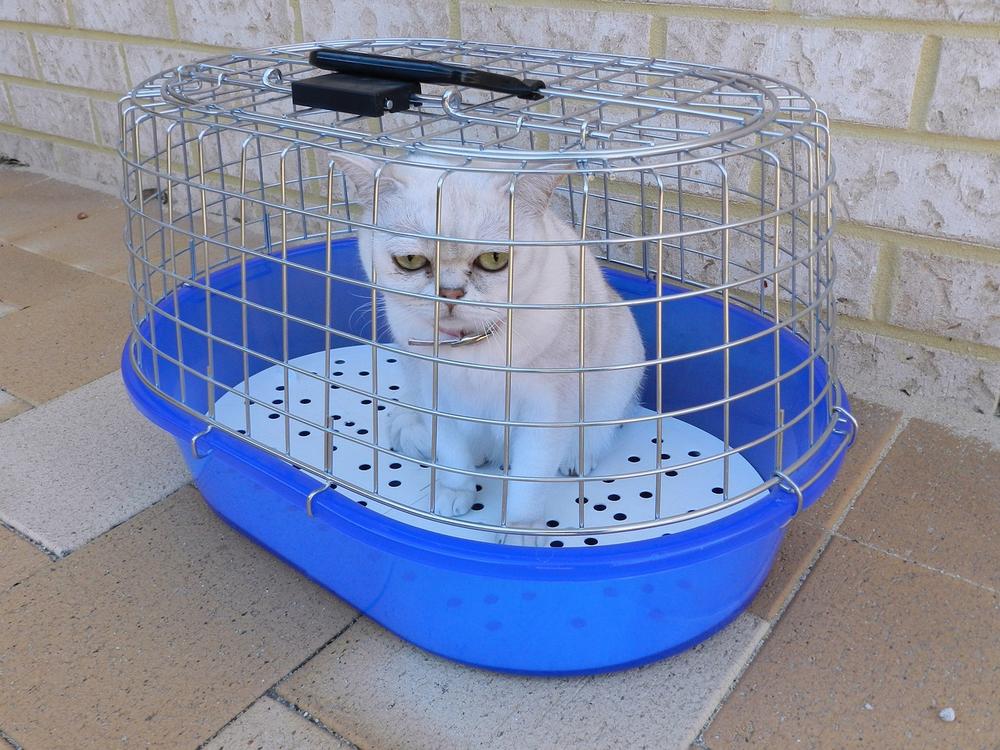Differences in Purring Between Cat Breeds (Explained)

What if I told you that not all purrs are created equal?
Intrigued by the unique behavior of cat breeds, you can't help but wonder, "Why does my Persian purr sound different from my Siamese?"
It's no mystery why you're curious - cats are like a symphony of feline melodies...🎵
So, let's embark on a quest to unravel the purring secrets of different cat breeds, shall we?
Buckle up, we're about to embark on a purr-fectly fascinating journey.
Main Differences in Purring Among Cat Breeds
When you talk about purring, you should understand that not all cats do it.
The ones that do, though, have their own little quirks that make them unique.
For instance, Maine Coon cats purr at a lower frequency because they have big vocal cords.
On the flip side, Siamese cats have smaller vocal cords, resulting in a higher frequency purr.
On average, domestic cats tend to purr at around 25 Hz. But there are some breeds, like the Siamese, that can go as high as 35 Hz!
It's pretty interesting how genetics and selective breeding play a role in shaping these distinct purring habits among different cat breeds.

Now, here's where things get really fascinating.
A cat's purr can actually change in pitch or volume depending on its emotional state.
But hang on a minute. It's not just breed differences that come into play. Individual cats also develop their own unique purring habits influenced by their lifestyle and personality.
So remember, while some cats may purr loudly and often, others may only purr every now and then, and sometimes so quietly you can barely hear it.
Each cat has its very own way of expressing itself through purring. So, don't forget to take the time to appreciate and treasure those precious purrs from your furry companions!
And if you're intrigued by the unique purring habits of different cat breeds, you'll definitely want to check out my blog post on whether or not ragdoll cats can be black.
In Can Ragdoll Cats Be Black, I explore the fascinating world of Ragdolls and their coat colors.
You won't want to miss it!
Cat Breeds With Unique Purring Sounds
Maine Coon cats have a strong, body-shaking purr when they are happy.
Unlike bigger felines like lions and tigers, small cats can purr too. But within the realm of small cats, certain breeds display distinctive purring sounds.

Take tigers, for example. They emit a low, barely noticeable rumble that can momentarily freeze their prey.
Tigers stand apart with their unique, annoyingly high-pitched frequency purr that can temporarily paralyze their victims.
So while Maine Coon cats impress with their resonant purr, it's the tigers who excel in the art of subduing their prey through stealthy vibrations.
Purring as a Bonding Mechanism
Purring is more than just a way for cats to bond with you, it has other interesting functions too.
Here's what you need to know:
- When your cat purrs, it means they're feeling content and relaxed, but sometimes they also use purring as a way to calm themselves down when they're stressed.
- It might surprise you, but cats can actually purr when they're in pain or distress. Purring releases endorphins that help them cope with discomfort.
- Purring is often how cats communicate with you and show that they want your attention or some love and affection.
- How much and how loudly your cat purrs can tell you a lot about their emotional state and the relationship between you and your furry friend.
- Believe it or not, certain studies show that purring can actually boost healing and reduce stress, not only in cats but also in humans.
- It's not just house cats that purr—big cats like lions and tigers have been known to do it too, although their purring sounds different because of their size.
- Don't be fooled! Purring isn't always a sign of happiness. Cats might purr when they're sick or injured, so keep an eye out for other signs that they could be in distress.
To sum it all up, purring is a powerful tool for both cats and humans that creates a sense of connection and comfort.
Listen closely, because this is the secret sauce: If you found the information about purring fascinating, then keep reading because further down the blog post, I'll delve into decoding cat purring and help you understand feline communication even better. So, don't miss out!
And now, let's delve into the fascinating world of purring even further.
I can't wait to share with you how this endearing behavior starts from the very beginning of a cat's life and continues as they grow and bond with their mothers and littermates.
Kitten Purring Habits
Purring: A language all kittens know
You wouldn't believe how special purring is for little kittens.
They start doing it when they're just two days old!
It's their way of bonding with their mom and creating a cute routine within the litter.
And here's the fascinating part.
Kittens don't stop there.
Nope.
Even when they grow into magnificent adult cats, they still purr back at their moms.
Talk about adorable, right?
The purring magic between mothers and kittens
Let's dive deeper into this amazing universe of purring.
Mother cats have a secret trick up their sleeves - they use purring as a special vibration-beacon to guide their blind and deaf newborn kittens.
Isn't that wonderful to imagine?
But wait!
There's even more to uncover.
Did you know that cats and kittens purr less when they're alone?
It's true, they prefer sharing the soothing sound of purring with others.
They love connecting through purring.
It warms your heart, doesn't it?
Purring: Communication and happy routines
Purring goes beyond communication between mothers and kittens.
Let's talk about you and your cat.
When she curls up on your lap and purrs away, it's not just because she's cozy.
Her purring is her way of connecting with you, showing contentment and happiness.
Believe me, when your cat purrs, it makes you feel like the most important person in the world.
And guess what?
You are!
So cherish those purring moments with your feline friend.
It's her way of saying, "Hey, I'm here for you, and you make my life absolutely complete!
Decoding Cat Purring: Understanding and Recognizing Feline Communication
| Cat Breed | Purring Variation | Behavior |
|---|---|---|
| Siamese | High-pitched, melodic purring | Vocal, demanding attention and interaction |
| Maine Coon | Deep, rumbling purring | Relaxed and contented, often with kneading |
| Persian | Soft and subtle purring | Serene, often reserved and independent |
| Bengal | Loud and intense purring | Energetic, playful, and highly interactive |
| Sphynx | Light, rapid purring | Affectionate, seeking warmth and closeness |
| Russian Blue | Gentle, soothing purring | Calm and observant, enjoys quiet environments |
| Ragdoll | Continuous and rhythmic purring | Easygoing, loves cuddling and attention |
Cats purr for a multitude of reasons.
They can purr when they are content, but also when they are stressed or in pain. Understanding their purring can give you insight into how your cat is feeling.
The volume and pitch will give you an idea of what's going on.
A deep, resonant purr typically denotes a happy and relaxed cat. On the other hand, a high-pitched purr might indicate anxiety or discomfort.
Now, vocalizations like growling and hissing are clear signs that your cat is angry or frustrated.
You don't need to be a cat whisperer to understand that!

However, you must note that certain cats may naturally be chattier than others.
Speaking of vocalizations, have you heard of chuffing?
It's an adorable sound that big cats commonly make.
They use it to greet, court, or provide comfort to one another.
So if your cat tries to chuff at you, that's love right there!
These sounds, alongside purring, become valuable clues to decipher your cat's emotions.
And you don't have to go to Cat University to understand them.
It's all right there, waiting for you to listen closely.
Conclusion
- Purring is not common in all cat species, mainly small and domestic cats.
- Maine Coon cats have a lower frequency purr, while Siamese cats have a higher frequency purr.
- Genetics and selective breeding play a role in purring habits among cat breeds.
- Cat purring can change in pitch or volume based on emotional state.
- Individual cats may have unique purring habits influenced by lifestyle and personality.
- Variation in purring between cat breeds is caused by differences in larynx muscles.
- Purring can occur in various situations, including contentment, stress, fear, and pain.
- Not all cats purr, but it doesn't necessarily indicate unhappiness.
- Purring is a bonding mechanism and a symbol of communication and affection.
- Cats use purring to manipulate their owners and as a calming mechanism.
- Purring is used by mother cats to communicate with and soothe their kittens.
- Growling and hissing indicate anger or frustration, while chuffing is a friendly greeting among big cats.
And that wraps up today's article.
Before you leave, I have a question for you: Did my blog post prove to be helpful? If it did, I would greatly appreciate it if you could share it with your loved ones. You can simply click on any of the social media sharing icons for instant sharing. Thank you so much!
Talk soon,
-Sarah Davis